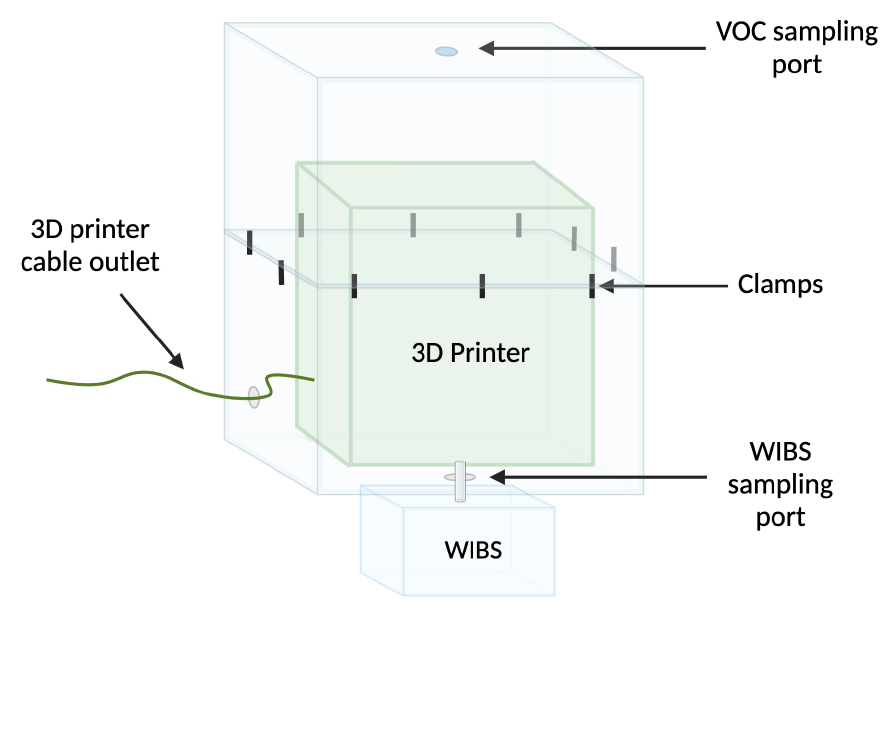- January 18 2024
- Ralph
Exposure risk when printing
During 3D printing processes, thermoplastic
polymer filaments melt at high temperatures in the printer’s nozzle. This process results in emissions of small particles to the environment and also volatile organic compounds (VOCs) In addition to the thermoplastic nature of the filament, the composition of the entire VOC emission depends on the brand of filament, additives to the filament to achieve the desired color, and the extrusion temperature used.
This is according to a newly published scientific
study in which PLA and ABS filaments were tested with a bio-aerosol sensor. The main VOCs found with PLA were lactide, caprolactam and propylene glycol. The main VOCs found in ABS filament were emitters: styrene, isophorone and ethylbenzene.
Especially in non-industrial environments, these substances can pose risks to human health, as these printers
are usually used in poorly ventilated (practice) areas, are not used in enclosed spaces, and are usually used without personal protective equipment.
Given that these compounds are potentially carcinogenic to humans, FootPrint3D is concerned that there are
such a large variability exists in its emissions, depending on the brand of filament chosen by the consumer. We need the emission figures of the here
measure recovered VOCs and all particles in a standard and comparable manner to help inform consumers about the exposure risks of
different types and brands of filament.
FootPrint3D recommends that foot care professionals always use filament that has been tested for VOC emissions. Furthermore, it is important to keep the
3D printer to be placed in a well-ventilated area and also the mandatory use of personal protective masks.
The full scientific article can be found at: Characterization of Volatile and Particulate Emissions from Desktop 3D Printers – PubMed (nih.gov)
Finnegan M, Thach CL, Khaki S, Markey E, O’Connor DJ, Smeaton AF, Morrin A. Characterization of Volatile and Particulate Emissions from Desktop 3D Printers. Sensors (Basel). 2023 Dec 6;23(24):9660. doi: 10.3390/s23249660. PMID: 38139506; PMCID: PMC10747962.
